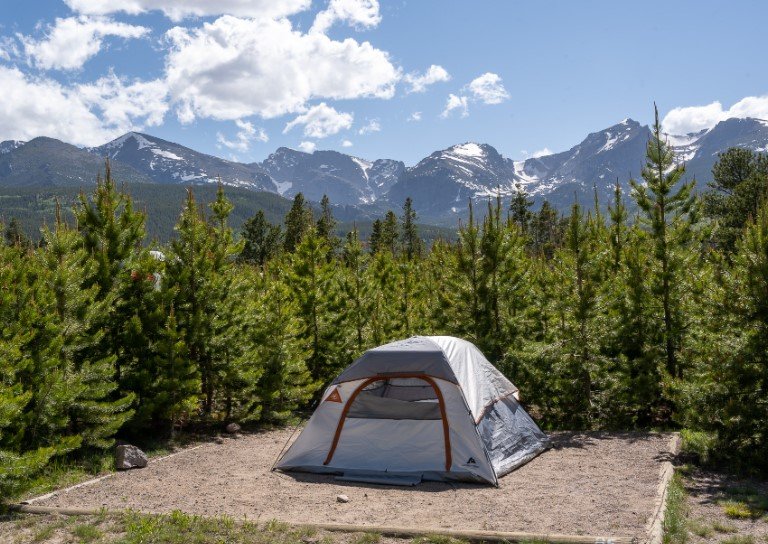Georgia’s Board of Natural Resources voted unanimously on October 28, 2025, to raise parking fees at all state parks for the first time since 2009, doubling the daily rate from $5 to $10 per vehicle. This move aims to fund growing maintenance costs, with potential surge pricing for campsites, cabins, yurts, and golf courses set to roll out in 2025, sparking concerns about access for families and veterans.
Board Approves Fee Hike Details
The decision came during a meeting in Atlanta, where board members highlighted the need for more revenue to cover upkeep in Georgia’s 63 state parks and historic sites. Officials noted that costs for repairs, staffing, and improvements have soared over the past 16 years due to inflation and increased visitor numbers.
Daily parking passes will now cost $10, up from $5, while annual passes jump from $50 to $70. For veterans, the daily fee rises from $3.75 to $7.50, and annual passes go from $37.50 to $52.50. These changes take effect immediately, affecting millions of visitors who enjoy spots like Amicalola Falls or Cloudland Canyon.
Board member Duncan Johnson praised the parks for holding off on increases for so long. He suggested aiming for another long stretch without hikes, but acknowledged the financial pressures. The vote was unanimous, reflecting broad agreement on the necessity despite some public pushback.

Surge Pricing on the Horizon
Beyond parking, the Department of Natural Resources plans to introduce dynamic pricing models next year. This means higher rates for popular times, such as weekends or peak seasons, for overnight stays and activities.
Surge pricing could add up to 20 percent or more to base rates for campsites, cabins, and yurts during high demand. Golf courses at parks like Arrowhead Pointe or Highland Walk might see similar adjustments, with tee times costing extra on sunny days or holidays.
Agency leaders say this approach mirrors strategies used by airlines and hotels to manage crowds and boost income. They expect it to generate millions in additional funds without needing another board vote. No exact timeline exists yet, but implementation might start as early as spring 2025.
Critics worry this could price out average families. Recent data shows Georgia state parks welcomed over 15 million visitors in 2024, many from lower income groups seeking affordable outdoor escapes.
Impact on Veterans and Low Income Groups
Veterans and active duty military face steeper costs under the new structure. Advocacy groups argue this burdens those who have served, especially since half of Georgia’s servicemembers earn under $33,000 annually.
One proposal in the state legislature aims to waive fees for military personnel. Introduced by a Democratic senator, the bill stalled this year but could resurface in 2026. Supporters point to states like Alabama, which offer free entry to honor service.
Here are key fee changes for veterans:
- Daily parking: From $3.75 to $7.50
- Annual pass: From $37.50 to $52.50
Environmental organizations stress that access to nature improves health outcomes, from reducing stress to boosting physical activity. They call for alternative funding sources instead of raising barriers.
Broader Funding Challenges
Georgia’s parks rely heavily on user fees, unlike some states that draw more from general taxes. The fee hike addresses a backlog of maintenance needs, estimated at over $100 million statewide.
Friends of Georgia State Parks, a nonprofit partner, supports the increases but urges careful balancing of affordability. They note that new projects, like visitor centers, enhance experiences but strain budgets.
Compare Georgia’s new rates to neighboring states:
| State | Daily Parking Fee | Annual Pass |
|---|---|---|
| Georgia (New) | $10 | $70 |
| Florida | $6 (per vehicle) | $60 (family) |
| Alabama | 3−5 | $50 (individual) |
| Tennessee | Free (most parks) | N/A |
This table shows Georgia now charges more than some peers, potentially shifting visitors elsewhere. Recent trends indicate a rise in outdoor recreation post pandemic, with national park visits up 10 percent in 2024.
Logical reasoning suggests these hikes could encourage more efficient use of resources, but they risk reducing overall attendance if costs deter casual users.
Public Reaction and Future Outlook
Social media buzzed with mixed responses after the announcement. Many users expressed frustration over added expenses during tough economic times, while others understood the need for sustainable funding.
One common sentiment ties to broader inflation pressures, with gas prices and travel costs already high in 2025. Recent events, like the economic recovery from 2024’s market dips, make affordability a hot topic.
Looking ahead, officials might explore grants or partnerships to offset costs. For now, the changes underscore the challenge of preserving public lands amid rising demands.
What do you think about these fee increases? Share your thoughts in the comments and spread the word to fellow park enthusiasts.
